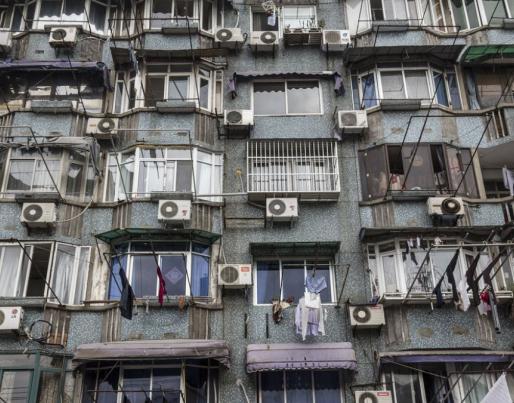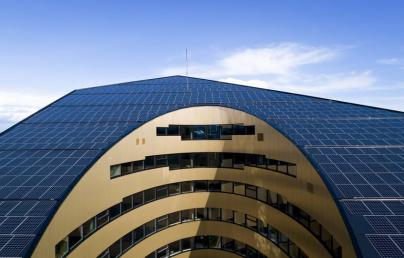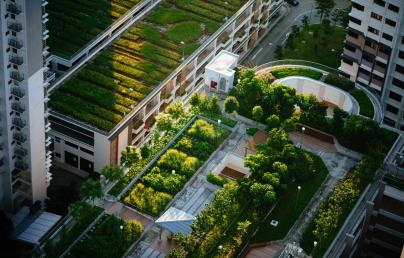
Zero Emission Buildings (ZEBs) and the future of HVAC

Zero Emission Buildings (ZEBs) and the future of HVAC
The new regulation on zero emission buildings redefines the role of HVAC (Heating, Ventilation and Air Conditioning), presenting regulatory challenges and key opportunities for innovation in smart control and energy efficiency.
The revised Energy Performance of Buildings Directive (EPBD) introduces Zero Emission Buildings (ZEBs) as a cornerstone of Europe’s energy transition, redefining the role of HVAC systems as essential components in the decarbonisation and digitalisation of the built environment.
ZEBs are now required to respond to external signals, such as electricity pricing, paving the way for smarter heating and cooling systems, particularly through the use of heat pumps and energy storage. This energy adaptability becomes a strategic axis in the future design of HVAC systems.
Indoor Air Quality (IAQ) and intelligent control are also emerging as fundamental pillars in non-residential buildings, driving the mandatory installation of monitoring and control devices, especially during major renovations. While the regulation does not specify the extent of control required, Demand-Controlled Ventilation (DCV) is recommended, adjusting airflow based on CO₂ and temperature sensors to optimise efficiency and align with actual occupancy.
The success of this transformation depends on rigorous technical implementation, coordinated efforts among engineers, policymakers and industry stakeholders, and the active commitment of the HVAC sector to ensure the effectiveness of the new standards.
What new Zero Emission Buildings can bring for HVAC?
English (557.17 KB - PDF)
